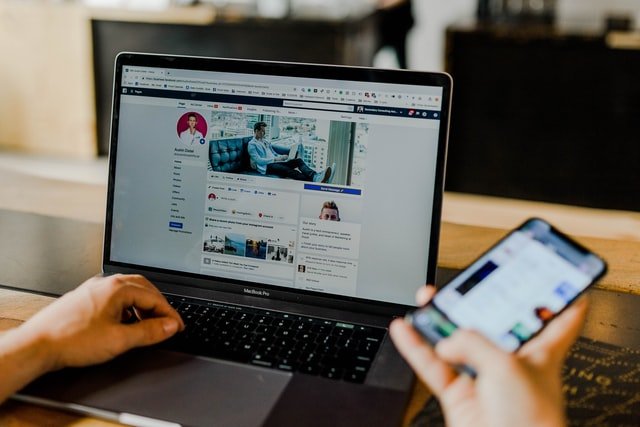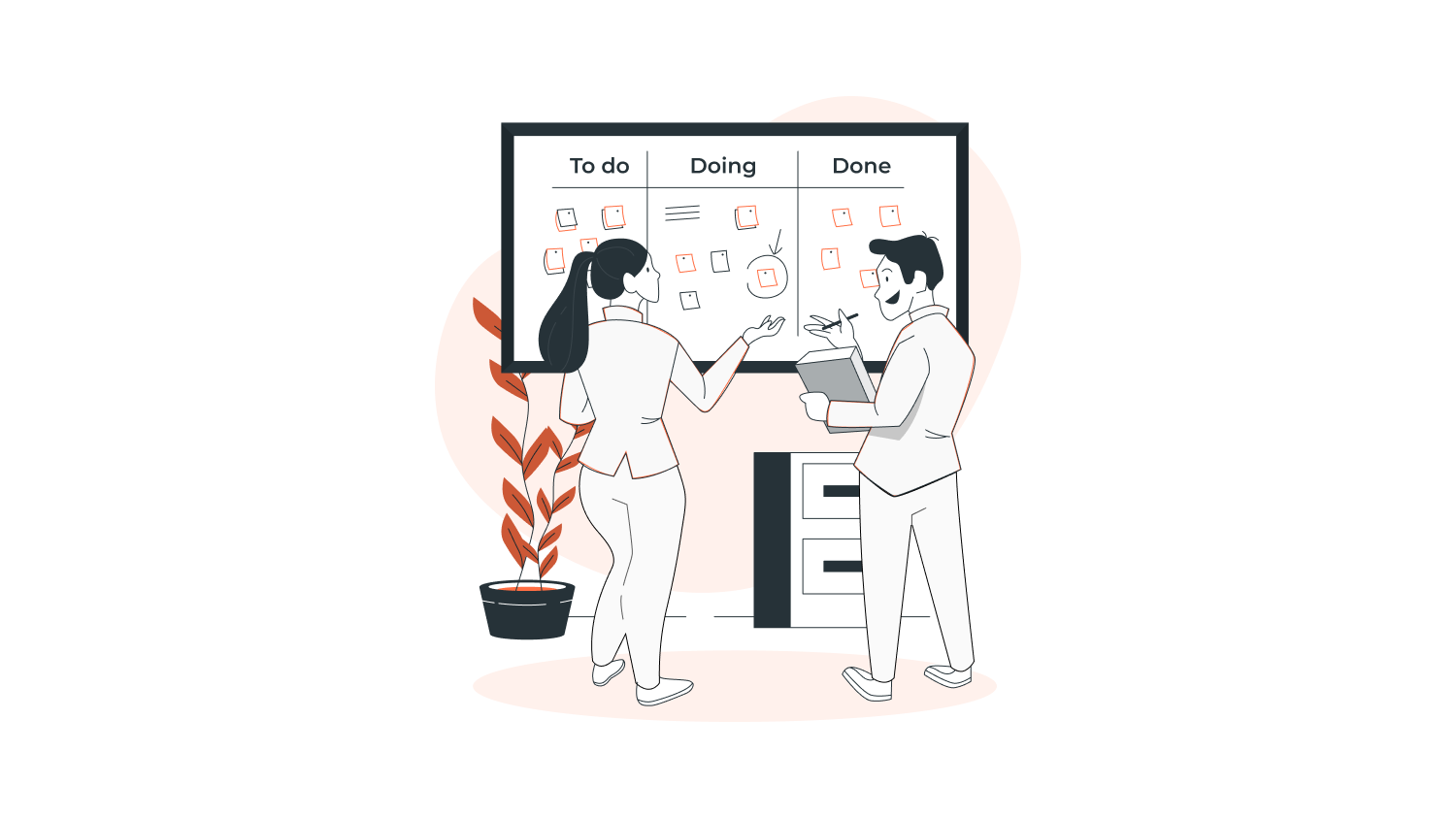For those doing office work, the day usually starts with checking your email. It can be daunting to get dozens of emails at the start of your day, burning a few hours at a time. Proper email organization can cut down wasted hours and put this time to better use.
Email management sounds simple, but there’s a precise science that can help you boost your productivity with the right set of management know-how. Here are 6 tips to maximize your efficiency through a properly managed email inbox.
Table of Contents
1. Start With A Plan
Much with any workday, the success of your productivity starts with a plan. So, what’s your ideal day? As you learn how to get organized at work, one of the things you’ll realize is that email time is a high-volume activity. You can’t spurn the need to check your emails, or you risk missing crucial company information.
When working on your emails, have a purpose for your approach. Check at specific times of the day and then leave it to do other tasks. The optimal number of times you should check your email depends on the volume of emails you get and how crucial your work is.
On average, you would want to limit your email checks to around five times a day, spaced across various times of the day. Do so only when convenient, usually when you don’t have anything urgent or important tasks at hand.
2. Use Email Folders, Rules, and Policies
Some think that improving your cybersecurity means using AI tools to handle different tasks. Security starts with having an organized email and knowing everyone who sends you emails. This is where using folders and rules comes in handy.
Folders can help you avoid searching for specific emails, especially from senders that you deal with regularly. You can segregate your emails depending on the criteria that you want to follow, from organizations, senders, and even personalized sorting according to your needs.
Set rules in place to create automatic sorting once the email comes. Most rules and policy settings in email apps are straightforward. They will provide you with a guide towards how to execute them and if you want the setup to apply to future emails or your existing mail.
3. Unsubscribe From Newsletters You Don’t Read
Among the most common issues for email owners are subscriptions. Depending on the subscriber, newsletter subscriptions can make up 70 to 80% of all your emails. These include signups, marketing newsletters, and much more. Like your mailbox, you don’t want to be bombarded with these emails every day.
Give your newsletters a look and unsubscribe from emails that don’t add value to your life. Most email apps give a way to unsubscribe from newsletters to reduce spam. Instead of deleting a newsletter you don’t like, scroll to the bottom and find the unsubscribe button.
If a newsletter is persistent, spend a few minutes adjusting your marketing newsletter settings on the site itself. This will save you time in the future by cutting down on the number of emails you get. Removing five to six newsletters can save you precious minutes a day.
4. “Mark As Unread” Is Your Friend
For people who receive dozens of emails a day, there isn’t always time to respond. One easy life hack that you can use is to make good use of the “Mark as Unread” button. Why would you mark an email unread?
As we noted in the first tip, you should set a specific time to reply to emails, especially those that are not time-sensitive. Marking an email as unread sets it aside and highlights it on your email. This will help you respond later without burning most of your time looking for the mail.
Mark emails as unread if you have something better to do, like an essential task. Once you’re ready to reply to emails, opening everything at once is more expedient. Rather than skim through two dozen other emails, simply pick the unread message, reply, and send; you’re good to go!
5.Turn Off Email Notifications
Emails tend to come at different times of the day. Whether it’s early in the morning or late at night, your emails will keep coming, and take it from us; it will keep disturbing you. Emails can disrupt your productivity, your sleep, and even your free time.
Turn off email notifications on your workstation and especially on your mobile. Removing notifications will take away consistent distractions from your schedule. If you’re not yet ready to move away from email notifications, start by reducing the time you get the notifications.
Most email apps allow an email notification schedule that mutes alerts during a specified time. You can set your email to only notify you during work hours, which already cuts down a lot of disruption. Ideally, it’s best to turn notifications off entirely and whitelist high-priority senders through rules or specific keywords.
6. Be A Better Email Sender
Becoming more productive with your emails does not stop at clearing your emails. It’s also important to know how to write a proper email that will save your time and the receiver’s time too. Knowing what to say and being on point with it saves time writing an email and saving another person’s time reading it.
Write a clear and concise subject line. Make it only as long as needed to relay the point and scope of your email clearly. Keep the contents of the email brief, focused, and precise. Tell the point of your email in the first paragraph and add the call to action as ASAP.
Ensure that the core message is on the subject and the body contains only supporting information to elaborate on the subject line. Use keywords that your customer uses, so they understand what you’re trying to tell. It also helps send your message to the appropriate folder if the receiver uses keyword-based rules.
Final Thoughts
Using an email is inevitable in the digital age. It can help you become productive if you remember that emails are not business correspondence from the 16th century. You want your emails to be specific and to the point. The ideal email inbox only contains what you need to do your business and a little more.
Follow these tips, and you’ll surely get the productivity you need within the day. The minutes you save with every piece of advice add to the usable quality time where it matters the most.






